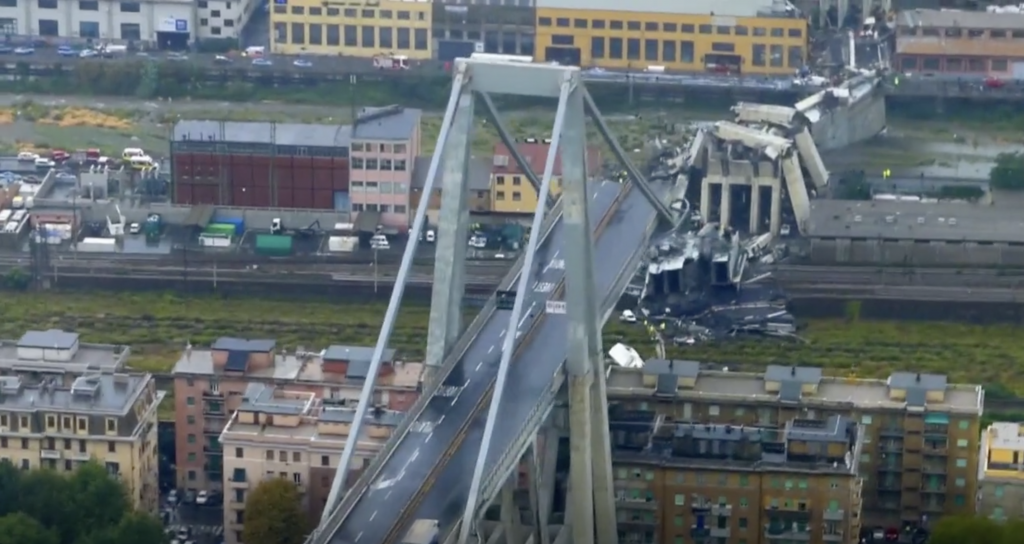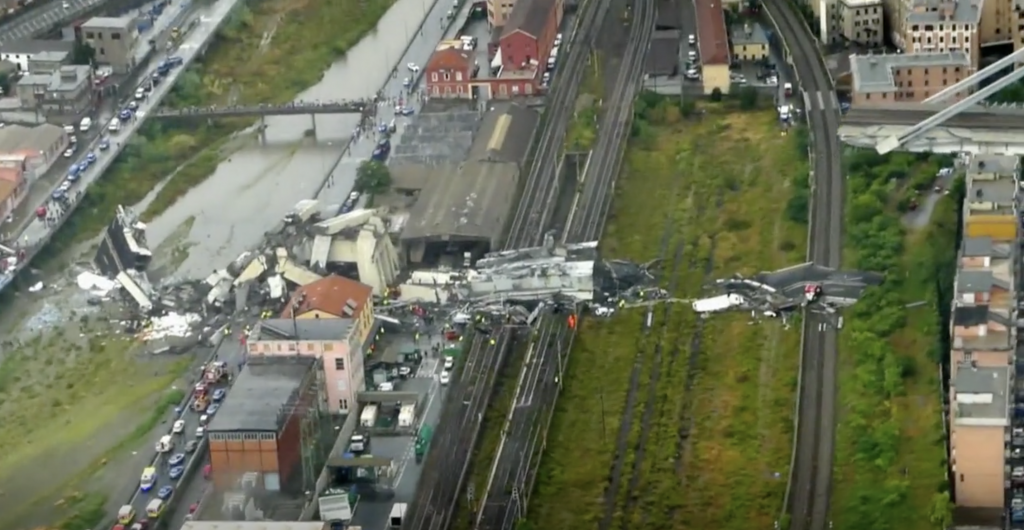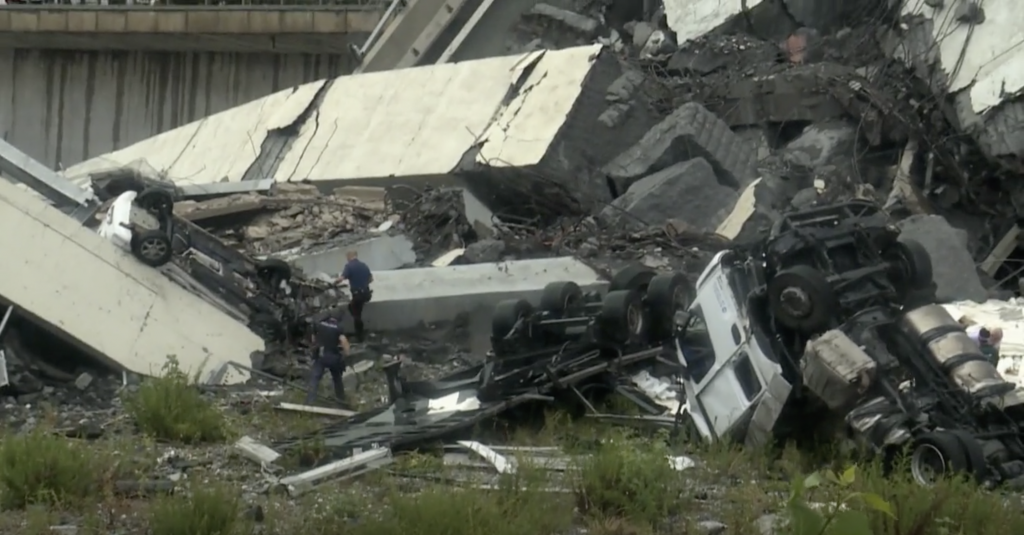Sampoong Department Store Collapse
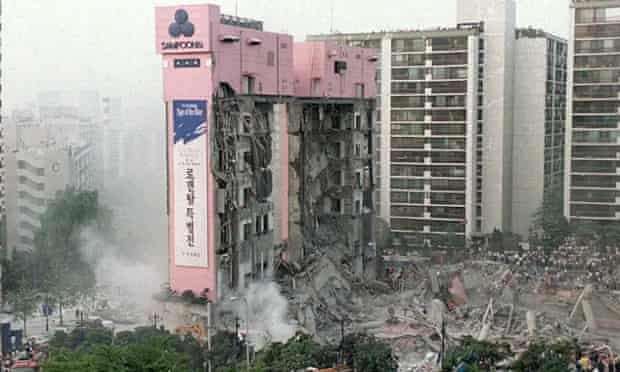
In the land of the economic miracle, South Korea, lies a once-great department store. Situated in the capital Seoul, the building stood as a testament to the country’s rapid growth. However, there is a shadow over all this construction. The building has experienced bridge collapses and gas leaks multiple times already, killing over a hundred people.
In 1995, the Sampoong superstore was one of the most popular and most prestigious retail outlets in the country. The building’s construction was a relatively simple process called flat slab construction: concrete columns attached to various levels. But if one looks closer into the building’s history, they’ll uncover disturbing realities. The building was originally intended to be a residential apartment with 4 floors. The Sampoong group, wanted to turn the building into a department store, had the idea to remove some support columns to build escalators, and add a fifth floor. The original contractors refused such plans citing the high risk. The Sampoong group opted to ignore their warnings and fired them. Furthermore, to maximize floor space, the diameter of the columns were also cut from 80cm to 60cm. The number of steel reinforcement bars embedded in the columns was also downgraded from 16 to 8, reducing the strength by half. The columns were also spaced further apart to maximize spaced, which placed even more pressure on the downsized columns. Reinforced steel bars on each level were also improperly installed, which weakened the slab by 20%.
What’s worse, restaurants were added to the 5th floor. The whole addition of the extra floor if you remember, was heavily advised against by construction workers, who were ignored and fired by the building’s owners. The Sampoong group then used its own construction company to build the 5th floor and installed a heated concrete base, which further increased the load. But the breaking point for the structure involved the air conditioning units. 3 large air conditioning units were dragged across the roof. Each unit weighed 15 tons, and when they were moved, heavy pressure was placed on column 5E. Over the next 2 years, whenever the air conditioning units were turned on, vibrations were sent across the columns. The pressure and vibrations for column 5E were simply too much.
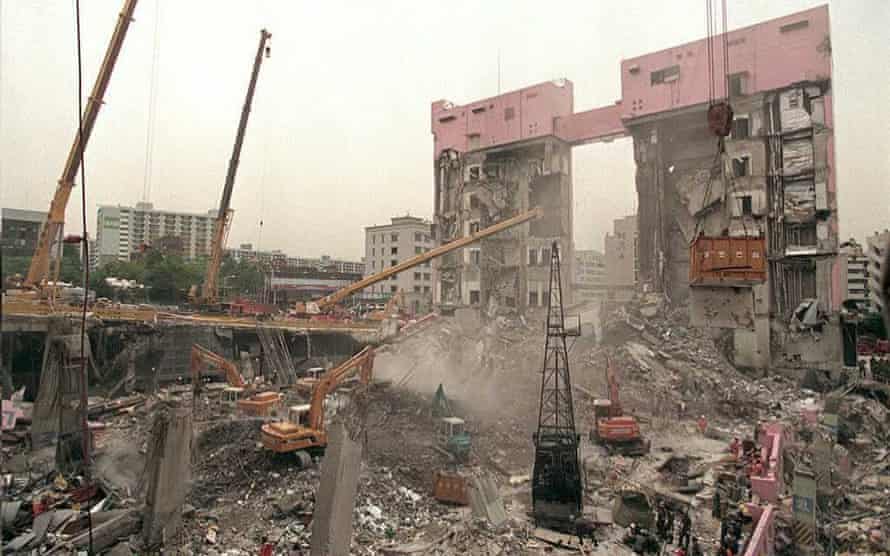
On the morning of June 29, facilities manager Mr. Lee is notified about a serious problem: a crack around column 5E. The column and its slab was near its breaking point. A bang is later heard on the 5th floor, and vibrations were felt. By the late afternoon, loud bangs rang out from the top floors. The slab around column 5E breaks, sending the entire floor downards. The buildin collapses. The entire structure came straight down trapping more than 1500. After days of rescue efforts, 937 are seriously injured and 502 are dead. This disaster made Sampoong the liest building collapse until 9/11.
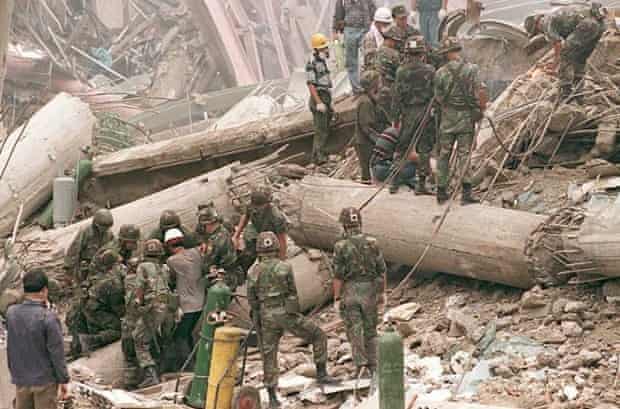
Marshall, C. (2015, May 27). Learning from Seoul’s Sampoong Department Store disaster – a history of cities in 50 buildings, day 44. The Guardian. Retrieved September 22, 2021, from https://www.theguardian.com/cities/2015/may/27/seoul-sampoong-department-store-disaster-history-cities-50-buildings.
Tsunami Over a Dam
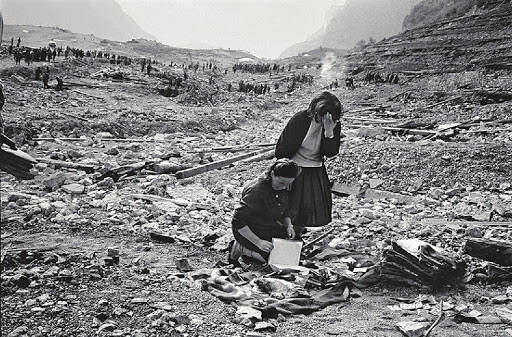
In a valley in Northern Italy lies Europe’s tallest dam. But unrest is growing amongst the dam’s engineers: the nearby mountain was very unstable. Landslides were becoming common. Water levels in the dam were lowered as a precaution. When the dam was first constructed, its location seemed ideal. The valley was very narrow and tall, which meant the dam could hold vast amounts of water. The engineers placed great focus on the foundations of the dam but failed to consider the geologic activities of the mountain upstream. The rocks, sand, and shale are very weak and unstable.
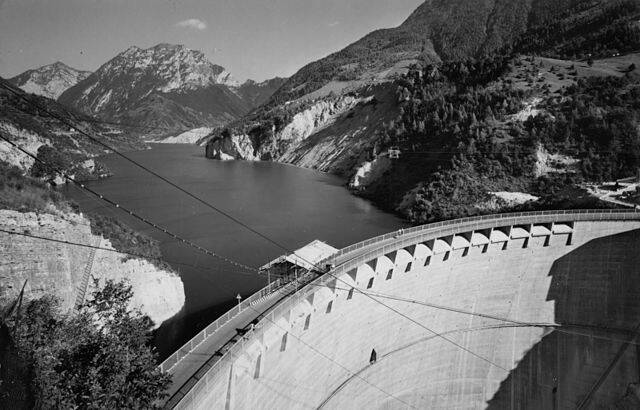
Surveyors fear that flooding the valley increases the risk of a landslide since water reduces the friction force between the rocks. Dam geologists ignore the warnings, confident that the mountain slope is made of immovable limestone. Furthermore, there was no evidence of previous landslides (though this was likely because the valley has never been flooded before. As the dam floods, warnings signs appear.
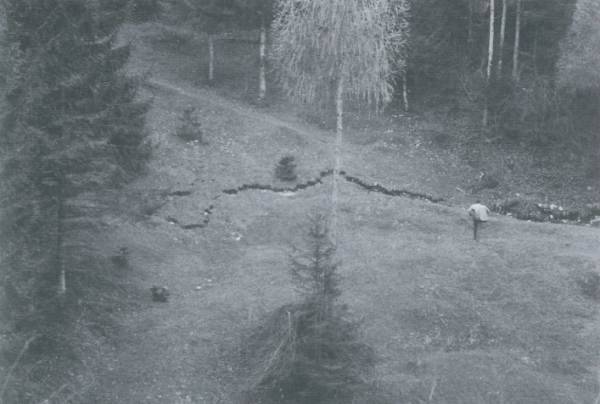
Cracks became visible along the mountain slope. Slabs were beginning to slide into the reservoir. Water levels were lowered in response to decrease the risk of a landslide. After a study, the geology team concluded that the worst-case tsunami had a height of 20m if the entire slab fell into the reservoir. On the night when a landslide was expected, water levels were lowered to a height that dam operators believed were safe. In fact, the operators were so sure that this level was safe that managers stood on top of the dam the night the landslide was expected.
At around 10:40 pm, the expected small landslide turned into a disaster. The estimates were off by a multiple of 10. Instead of the 20m high tsunami that was expected, a 200m tsunami was produced. A 70m high wave is sent over the dam, and into the nearby town of Longarone. The town is completely washed away. What remains is a desolate landscape. 2000 people died that night.
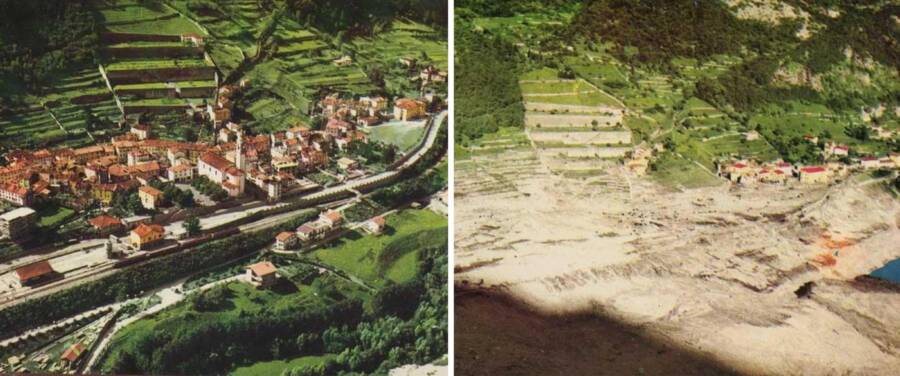
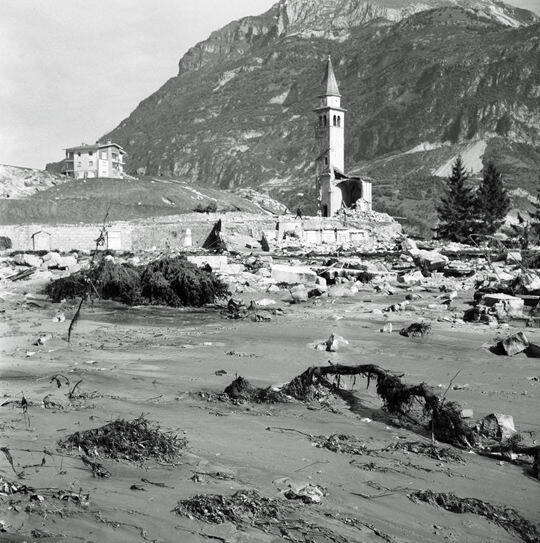
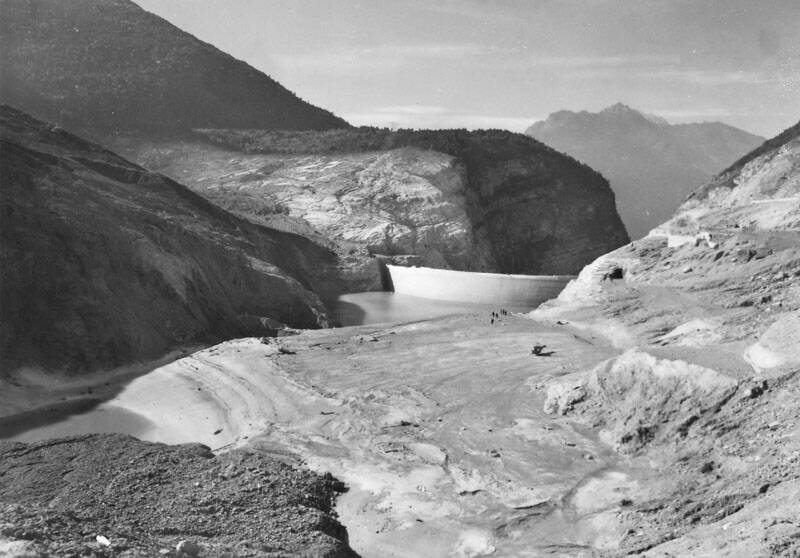
Wang, J. (2020, November 11). The 1963 dam failure that unleashed An 860-foot tsunami and flattened a town. All That’s Interesting. Retrieved September 23, 2021, from https://allthatsinteresting.com/vajont-dam-disaster.
–
–
–
–
–
–
–
In the city of Genoa lied one of the most famous and beautiful bridges in Italy. It was an icon of the city. But in August 2018, disaster happens. An 800 foot section of the bridge collapsed. 43 people died.
